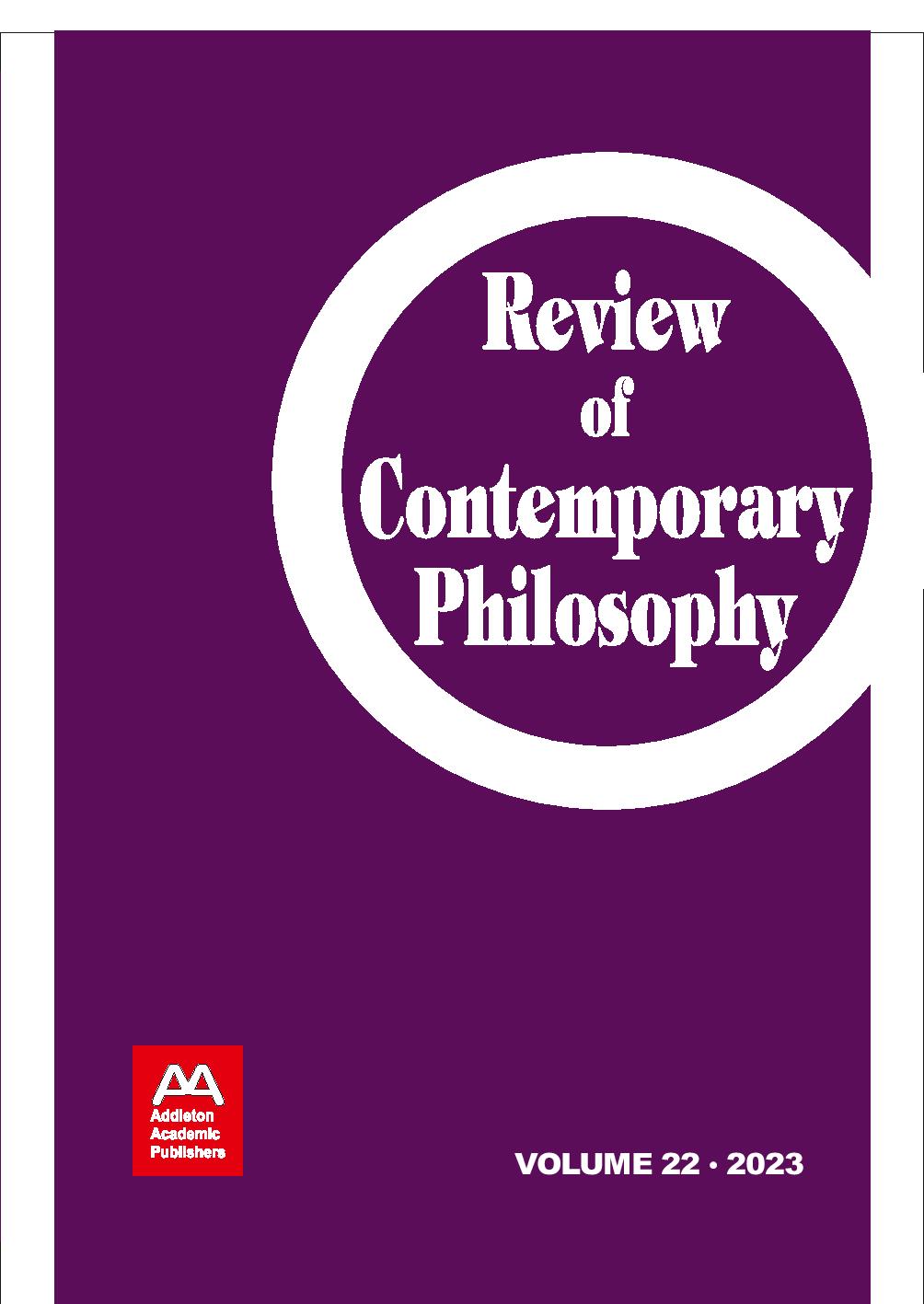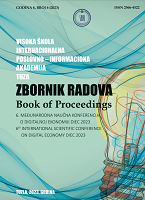
Critical University Studies and the Defense of the Public University: Neoliberalism, Knowledge Socialism and Science as a Global Public Good
Critical University Studies and the Defense of the Public University: Neoliberalism, Knowledge Socialism and Science as a Global Public Good
Keywords: critical university studies; defense of public university; neoliberalism; knowledge socialism; global public goods;
This paper proposes an argument for the defence of the public university in discussion of the field of Critical University Studies by examining the assault on the notion of the public and the public sphere by neoliberal policies. It elaborates an argument concerning the critique of neoliberalism and puts forward the idea of science as a global public good in the name of ‘knowledge socialism’ (as opposed to knowledge capitalism, or the knowledge economy). In particular it champions open science as a necessary public platform for the open science digital university and draws the interconnections between the idea of ‘knowledge socialism’ and open science as a global public good.
More...
